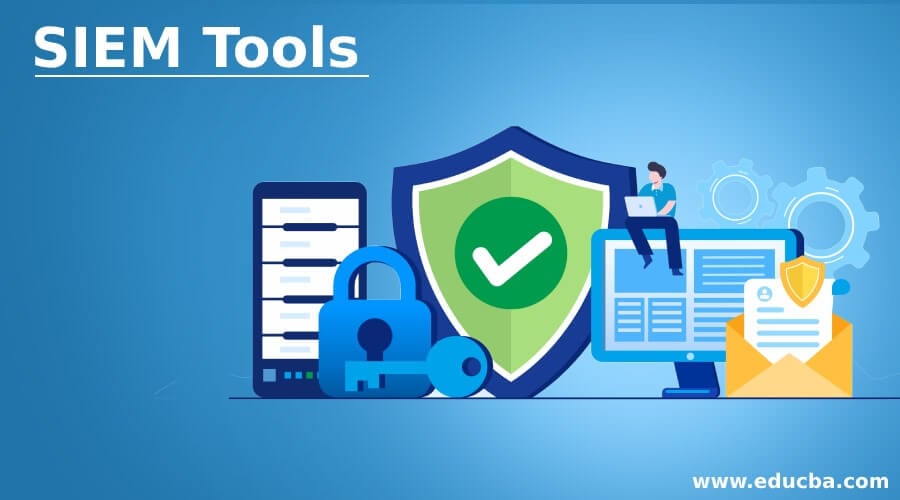SIEM Tool

SIEM stands for Security Information and Event Management. A SIEM tool is a comprehensive solution that provides real-time analysis of security alerts generated by various hardware and software systems within an organization. The primary goal of a SIEM system is to centralize and correlate log data from disparate sources, allowing organizations to detect and respond to security incidents more efficiently. Key components and features of SIEM tools include:
-
Log Collection:
- SIEM tools collect and aggregate log data from various sources, such as servers, network devices, security appliances, and applications. This data includes information about events and activities happening across the IT environment.
-
Normalization:
- The collected logs are normalized to a common format, allowing for consistent interpretation and analysis. Normalization helps in correlating events from different sources and standardizing the data for effective analysis.
-
Correlation Engine:
- SIEM tools use a correlation engine to analyze and correlate events in real-time. By identifying patterns or sequences of events, the system can detect potential security incidents that might go unnoticed when examining individual events in isolation.
-
Alerting and Notification:
- When the correlation engine identifies an event or a sequence of events that may indicate a security incident, the SIEM system generates alerts and notifications. Security analysts or administrators are then notified to investigate and respond to the potential threat.
-
Dashboard and Reporting:
- SIEM tools provide dashboards and reporting interfaces that offer a visual representation of security data. These dashboards typically include charts, graphs, and tables to help security professionals gain insights into the security posture of the organization.
-
Incident Response:
- SIEM tools facilitate incident response by providing detailed information about security incidents. This includes the timeline of events, affected systems, and contextual data to aid in the investigation and remediation process.
-
User and Entity Behavior Analytics (UEBA):
- Some SIEM tools incorporate UEBA capabilities to monitor and analyze user behavior and entity activities. This helps in identifying abnormal patterns or deviations from established baselines, which could indicate insider threats or compromised accounts.
-
Integration with Other Security Tools:
- SIEM systems often integrate with other security tools and technologies, such as antivirus solutions, firewalls, and intrusion detection/prevention systems. This integration allows for a more comprehensive and coordinated response to security incidents.
-
Compliance Management:
- SIEM tools assist organizations in meeting regulatory compliance requirements by providing features for log management, audit trails, and reporting. Compliance reports can be generated to demonstrate adherence to specific regulations.
-
Log Retention and Archiving:
- SIEM tools help organizations meet data retention requirements by storing and archiving log data for a specified period. This historical data can be valuable for forensic analysis and compliance audits.
-
Scalability:
- SIEM solutions are designed to scale and handle large volumes of data in dynamic and complex IT environments, ensuring they can effectively support the security needs of organizations of varying sizes.
Effective implementation and use of a SIEM tool enhance an organization's ability to detect, respond to, and mitigate security threats, thereby strengthening overall cybersecurity.
Thank you.
